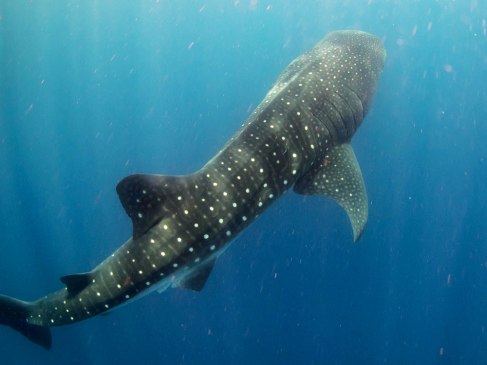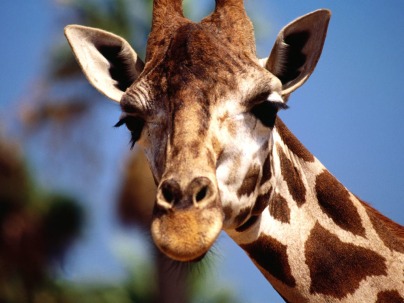The musk deer is not a technical deer, due to the lack of antlers on both the males and the females. They get their name from a musk gland that’s on the male deer, down by their navel.
There are multiple species of musk deer, most of which are endangered, due to hunting for their musk pouch.










